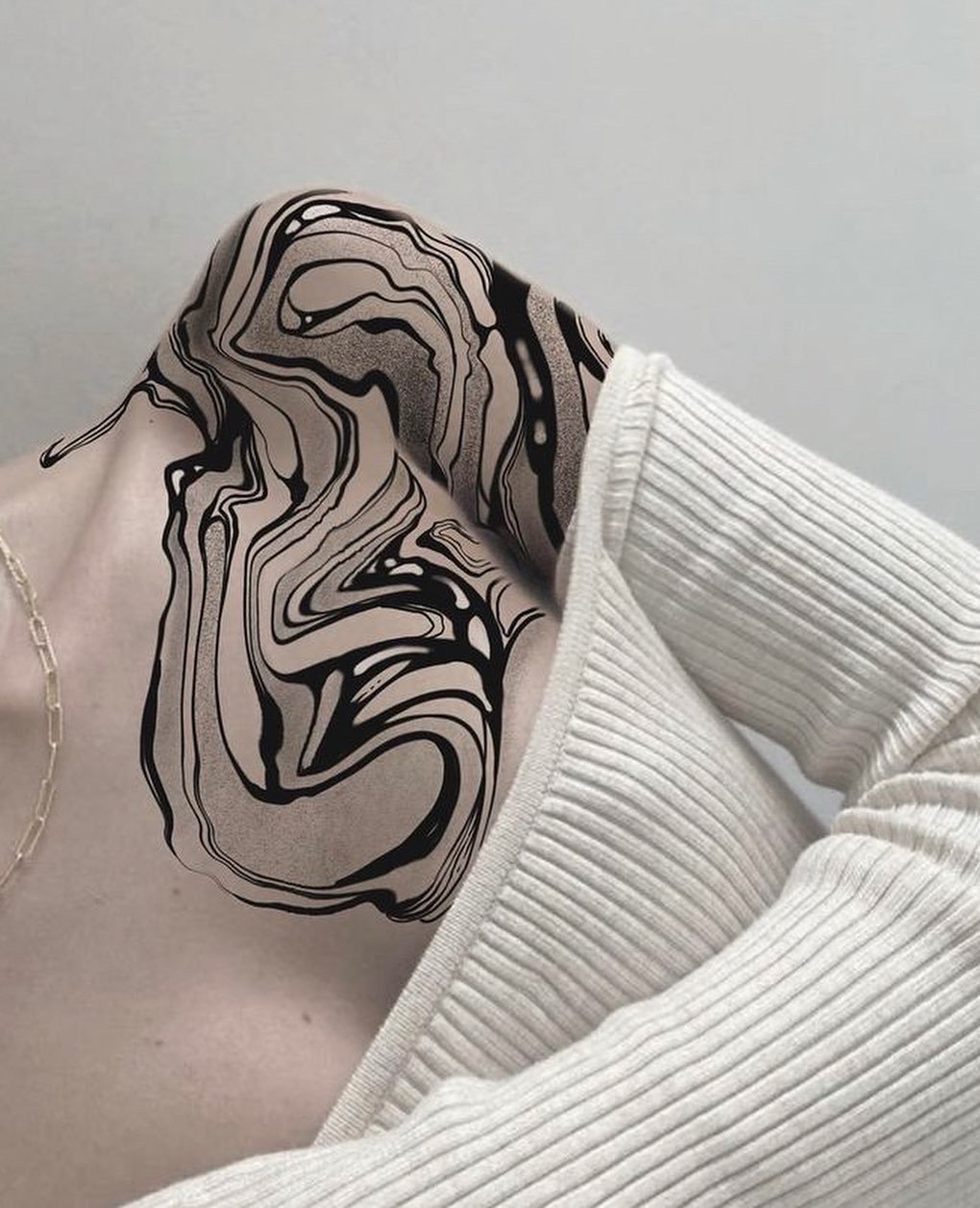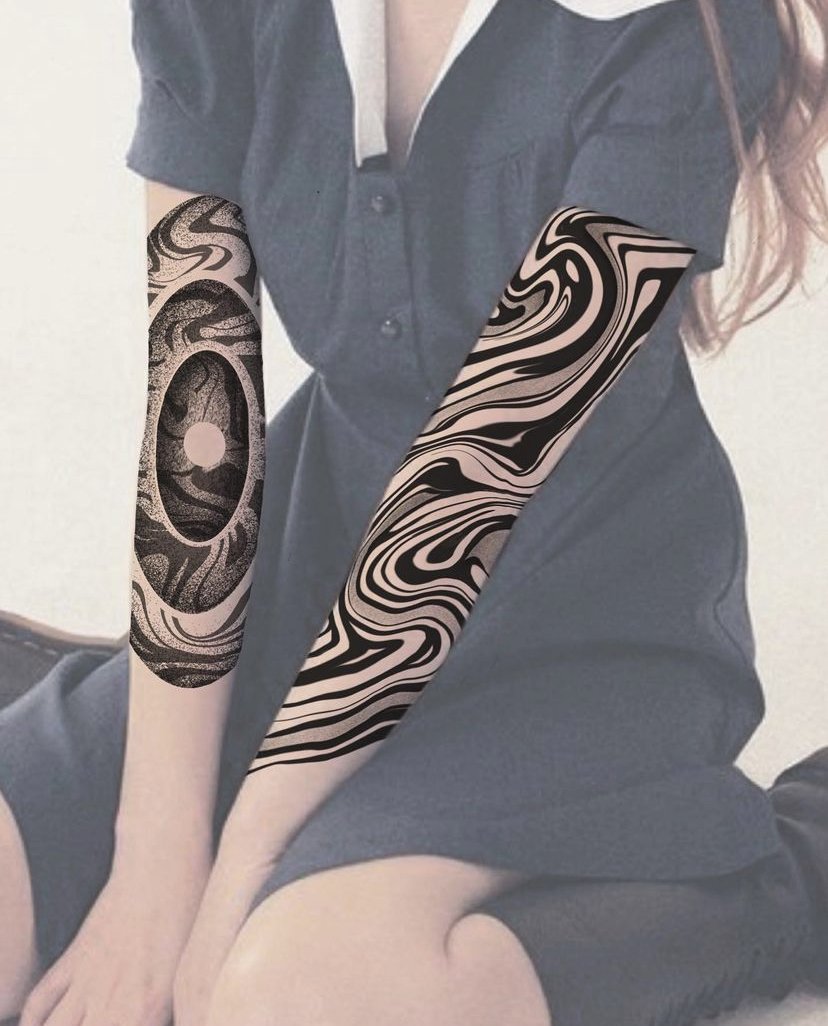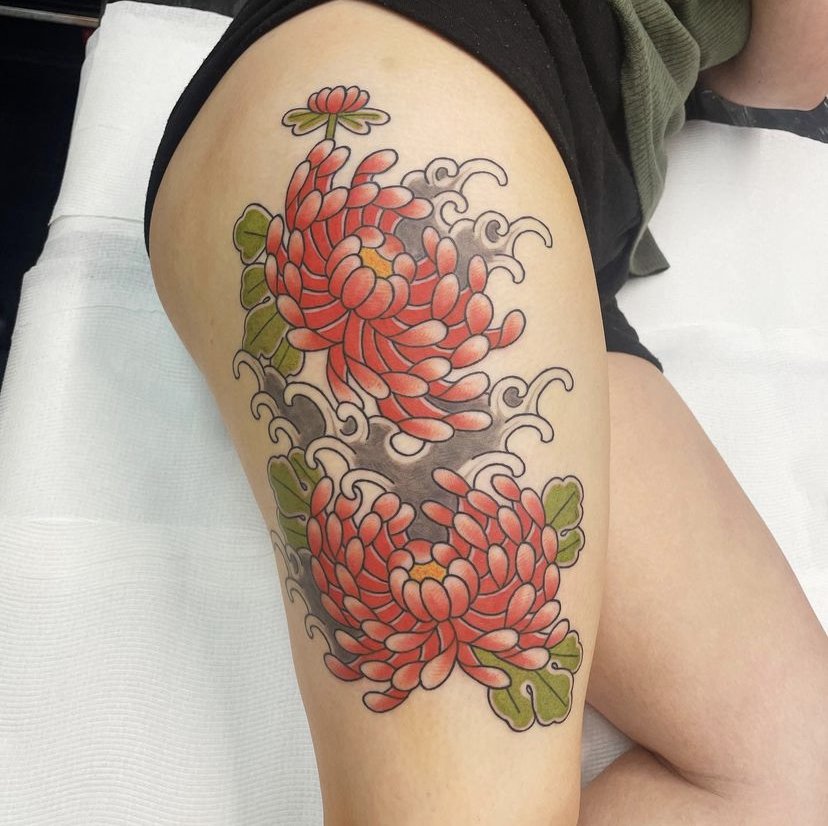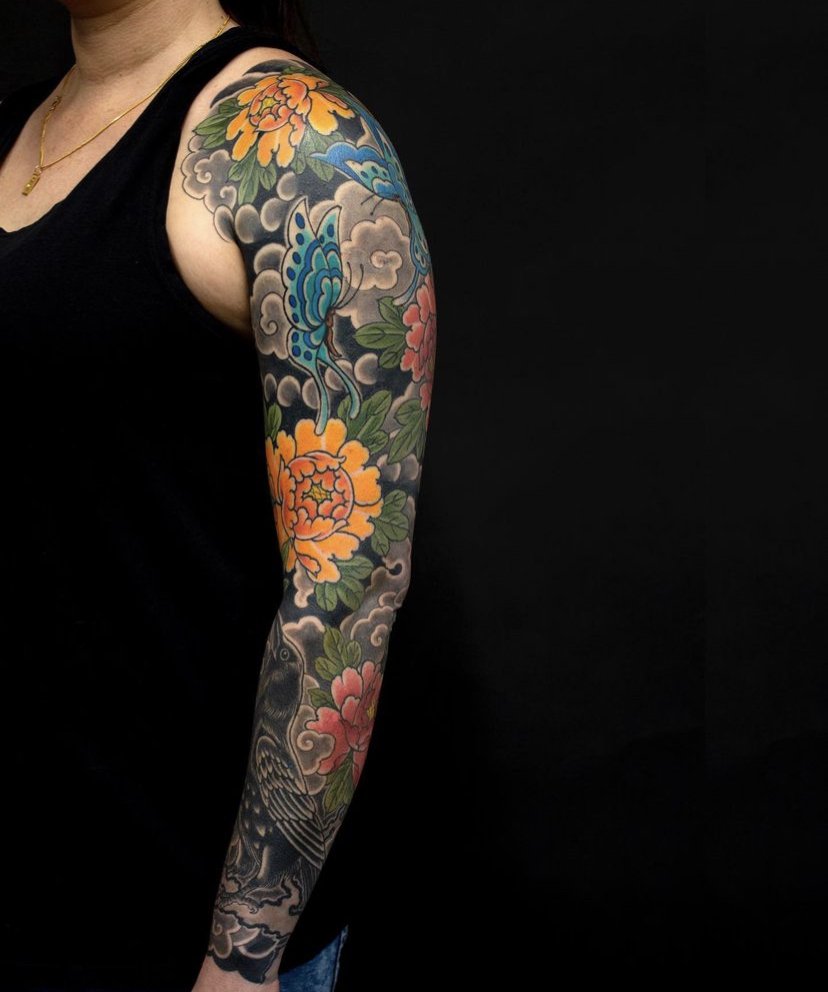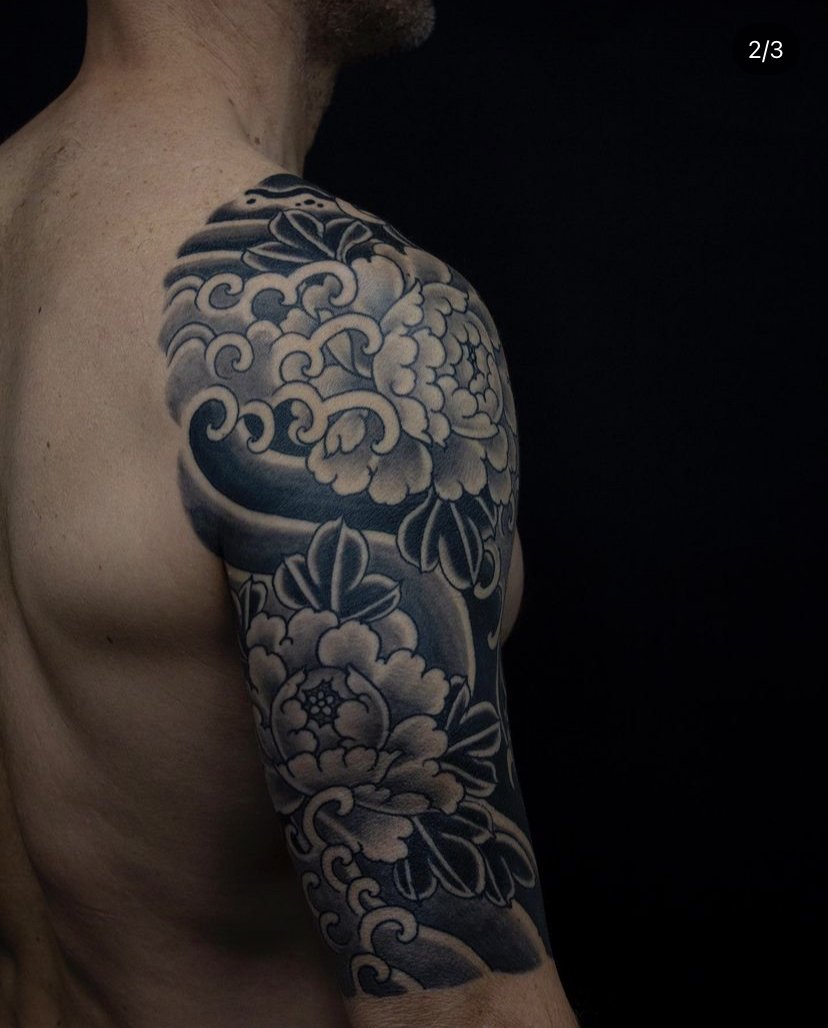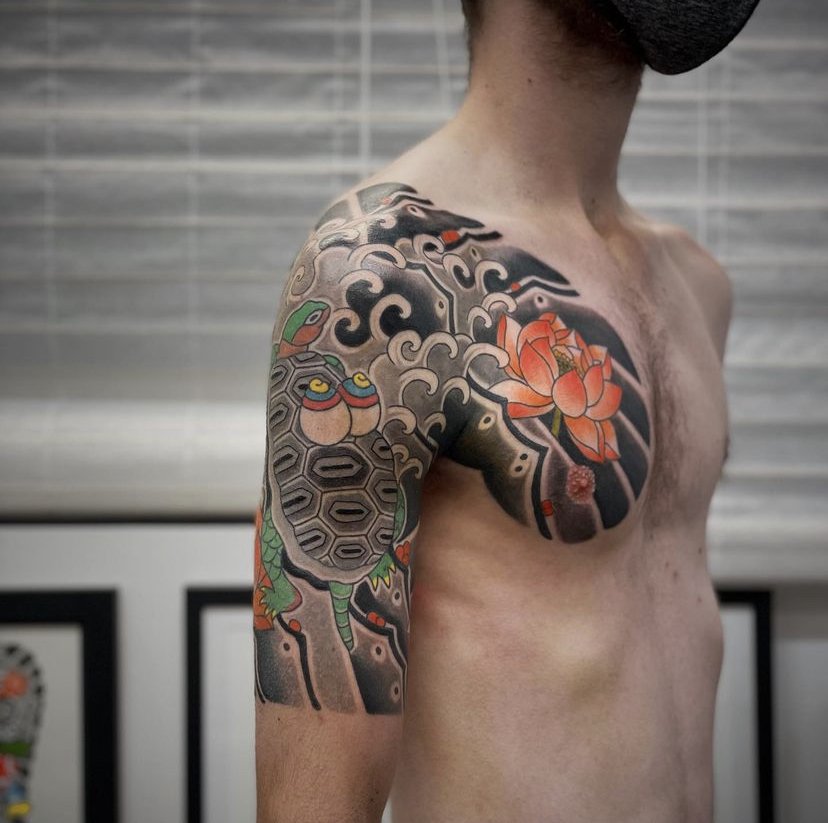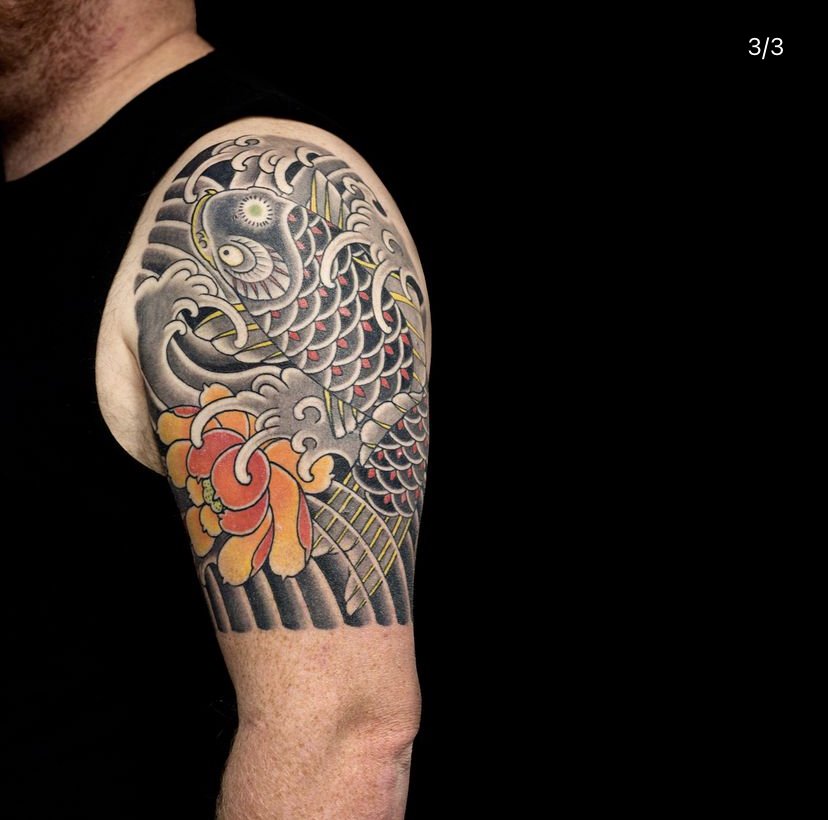Are you interested in getting started on a traditional Māori tattoo but have always wondered where the practice comes from?
Mythological origins
Like other Māori rituals, those pertaining to tā moko derive from the mythological world of the atua (gods). The word ‘moko’ is thought by some to refer to Rūaumoko, the unborn child of Ranginui and Papatūānuku. Rūaumoko is commonly associated with earthquakes and volcanic activity and has been translated as ‘the trembling current that scars the earth’.
The story of Mataora and Niwareka
According to legend, Mataora, a rangatira who lived in Te Ao Tūroa (the natural world), married a tūrehu (spirit) named Niwareka, from Rarohenga (the underworld). One day he struck Niwareka across the face in a rage. She fled back to her homeland, as domestic violence was unheard of in Rarohenga. Mataora, overcome by guilt and love, set off to find her.
In Rarohenga he met Niwareka’s father, Uetonga, a rangatira descended from Rūaumoko, and a specialist in tā moko. Mataora was intrigued, for in his world moko was a temporary application of designs on the face. This form of adornment was termed ‘whakairo tuhi’ or ‘hopara makaurangi’, and used soot, blue clay or red ochre. Uetonga wiped his son-in-law's face to show the worthlessness of a temporary tattoo.
Mataora asked if Uetonga would apply moko to his face. The pain of the process was almost unbearable and as a consequence Mataora began to chant to Niwareka.
Niwareka was summoned by her sister, but Mataora, blinded by the swelling caused by the tattoo, was unrecognisable to her. However, she identified the cloak she had woven for her husband, pitied him for his suffering and greeted him with tears.
When his moko healed, Mataora asked Niwareka to return with him to Te Ao Tūroa. He promised Uetonga that he would not harm his daughter again as the moko he was now wearing would not rub off. As a parting gift, Mataora was presented with the knowledge of tā moko.


